- HubPages»
- Travel and Places»
- Visiting North America»
- United States
The Hoover Dam Bridge
The Hoover Dam is one of the United States National Historic Landmarks and to see it is just amazing. It is one of the Seven Modern Engineering Wonders in the USA and is a huge tourist spot to many people across the nation.
Being located on the Nevada/Arizona border, just 35 miles away from Las Vegas, Nevada, there are many things you can do and see while at the Hoover Dam. But before I get into the todo's I would like to tell you a little history about this amazing engineering feat of the American people.
The Hoover Dam and the Great Basin Highway (Hoover Dam Bypass)
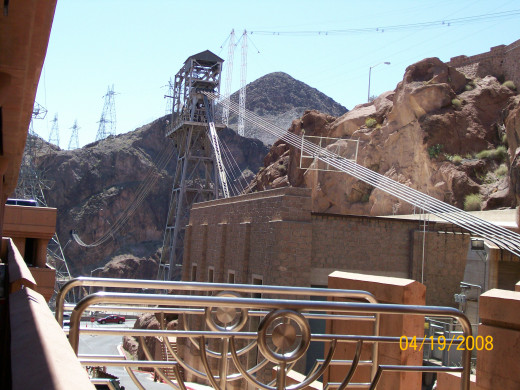
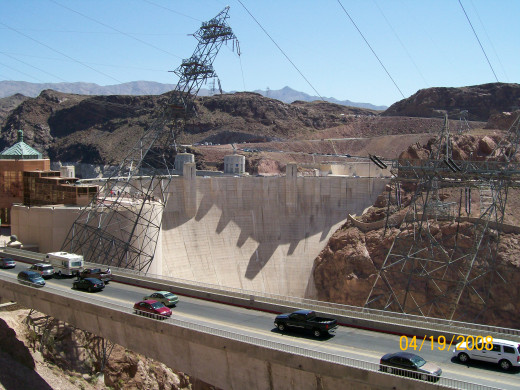
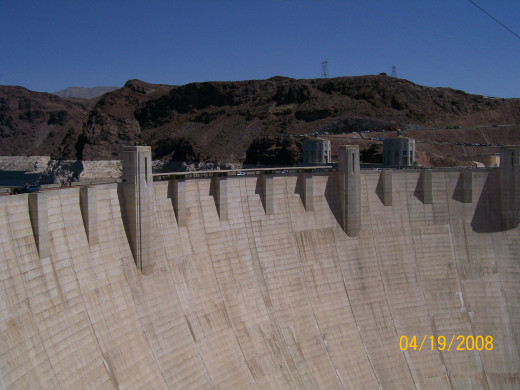
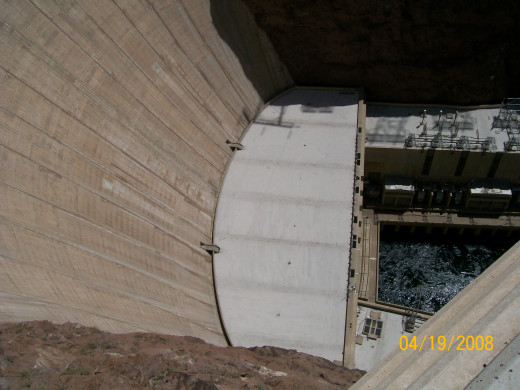


History of the Hoover Dam
Few people know that the Hoover Dam was originally named Boulder Dam. This name was thought of because the initial planned site for the dam was at Boulder Canyon about 10 miles upriver from where it is now located at in Black Canyon. The Herbert Hoover administration changed the name from Boulder Dam to Hoover Dam in 1930 as a political move. In 1933, the Franklin Roosevelt administration changed it back to Boulder Dam, and under Harry Truman, the permanent name of Hoover Dam was restored.
Before the dam could be built, the Colorado River had to be diverted away from the construction site. In order for this to be accomplished, four diversion tunnels were driven through the canyon walls. Two of them were on the Nevada side and two on the Arizona side. These tunnels were 56 feet in diameter. Their combined length was nearly 16,000 feet or more then 3 miles. There were six companies that had to work together to complete the work by October 1, 1933.
The tunneling began in 1931 with the two Nevada tunnels. In March 1932, work began on lining the tunnels with 3 foot thick concrete. With the lining, the diameter of the finished tunnel was only 50 feet in diameter. The river was diverted into the two Arizona tunnels (the Nevada tunnels were kept in reserve for high water) on November 13, 1932. This was done by blowing up a temporary cofferdam that was protecting the Arizona tunnels.
The Hoover Dam was the largest dam in the world when it was constructed in 1935. It has a huge, curving wall of plain concrete 660 feet thick at the base and 726 feet high. It is set between the vertical walls of the Black Canyon and is accompanied by strangely angled pylons, cables, power generating plants and other machinery.
Generators began to transmit electricity from the Colorado River to Los Angeles, California, a distance of 266 miles (363 km) on October 26, 1936. Additional generating units were added through 1961. Water flowing from Lake Mead through the gradually narrowing penstocks to the powerhouse reaches a speed of about 65 miles per hour when it reaches the turbines.
Once the dam was completed, the entrances to the two outer diversion tunnels were sealed at the opening and halfway through the tunnels with large concrete plugs. The downstream halves of the tunnels, following the inner plugs, are now the main bodies of the spillway tunnels.
Today the Dam has 17 generators that produce 4 billion kilowatts of electricity a year using the Colorado River as it's energy source. These main turbine-generator combinations generate a maximum of 2,074 megawatts of hydroelectric power. All hydroelectric plants generate a controlled, variable amount of power as the demand for power varies during the day. A big advantage of hydroelectric power is the ability to quickly and readily vary the amount of power generated, depending on the load presented at that moment.
Although water control is the main purpose of the dam, not power generation, the dam construction and maintenance have been fully paid for through the sale of electricity from the dam.
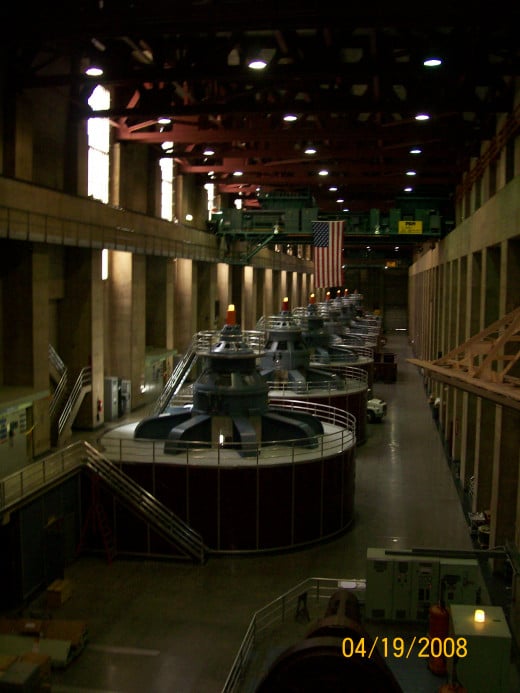
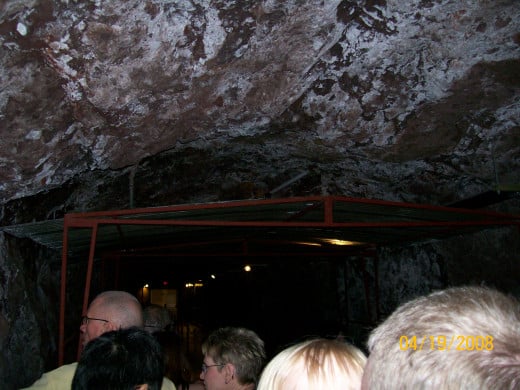
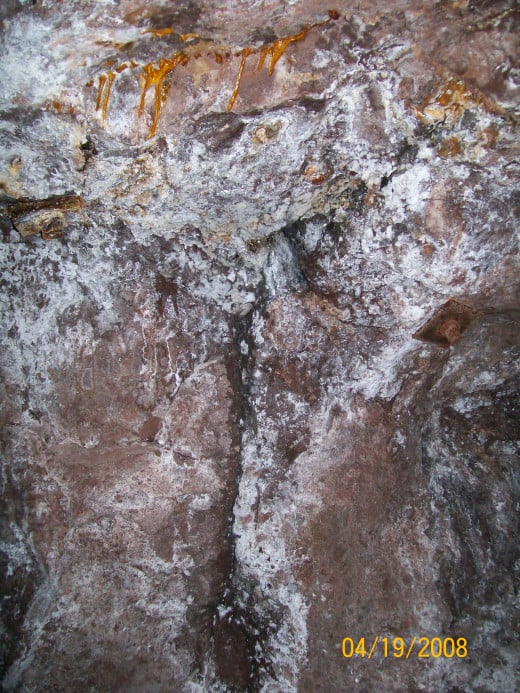
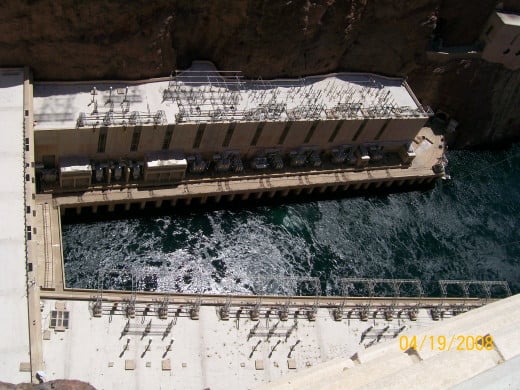
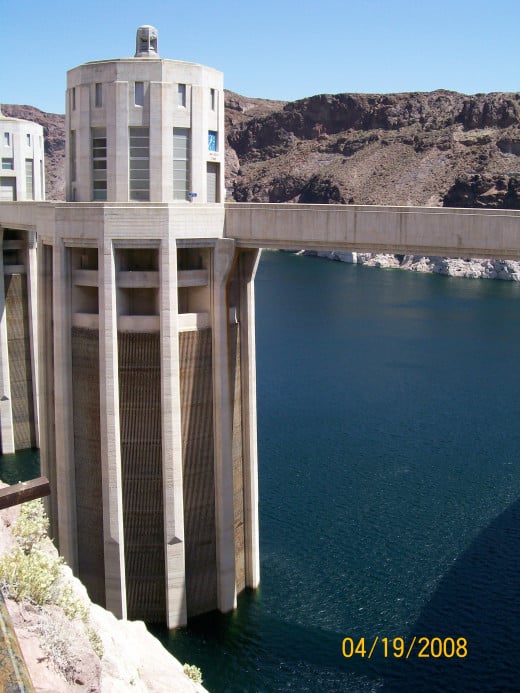
Touring the Hoover Dam
When you get to the Hoover Dam there are lots of things you can do and see. From tours, to helicopter rides there is something for everyone. Parking is $7 at the garage across from the visitors center. Visitors center admission (without access to the tours of the dam or power plant) is $8. The visitors center is open daily (except Thanksgiving and Christmas) from 9am to 5pm. The last tickets are sold at 4:15pm.
The tours of the Hoover Dam are broken up into several components at numerous locations. The unique tour format allows guests to pick and choose which locations they want to see and the complete tour generally lasts about two hours. I chose to do the smaller of the tours, just to see bit of the inside, the turbines and the observation deck.
The Hoover Dam Power Plant Tour begins with a brief video show depicting the history of Hoover Dam and how it came to be. Afterwards, a guide will escort you to an elevator for a 500 foot decent to get an up close look at the power plant generators housed at the base of the dam.
After the generators, you will see the original diversion tunnels and stand on top a giant, 30 foot pipe where you can feel the rumble of power from the Colorado River racing through it. It's actually a scary thought to be standing on that much force.
The observation deck is also another stop on the tour. This deck is set above the dam and gives you the most amazing panoramic views of the Colorado River and Lake Mead. This spot also gives you a bird's eye view of the whole Hoover Dam facility which includes an unobstructed look at the dam's mechanical components.
Once down from the observation deck you continue out onto the bridge and stop several different places along the top of the damn from the Winged Figures of the Republic to the Nevada Intake Tower.
This is where I ended my tour but I could have continued on and got a more unique and intimate tour of the dam itself. Continuing on visitors are able to enter through the inspection tunnels where they can see inspection markings written on the walls from decades past and then peek out of the vents down onto the river below. After the inspection tunnels, you can go deeper into the dam and see the seepage gallery and a set of antique stairs.
The prices of the tours vary. The complete Hoover Dam tour fee is $30 per person. Tickets must be purchased in person and are on a first-come first-served basis. No one under the age of 8 years old and this tour is not accessible to those in wheelchairs or on crutches. The Power Plant tour fee is $11 for adults ages 17-61, $9 for adults 62 and older and for active US Military personnel (and one adult dependent), $9 for children ages 4-16, children 3 and younger are free. There are no age, height or weight restrictions on the Power Plant tour.
If you are looking at the different tours you can get of the Hoover Dam and Lake Mead areas this link below is a great place to start. There are Hoover Dam tours, Lake Meade Cruises, Grand Canyon tours, Helicopter rides, River Rafting tours, and so much more.
- Tour Search Results
Many different tours of the Hoover Dam area including Lake Mead, Las Vegas and the Grand Canyon.
Have you been on the new Hoover Dam Bypass?
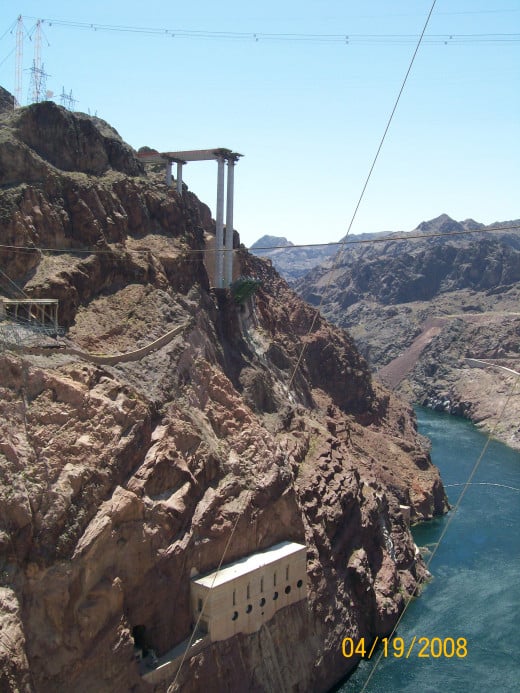
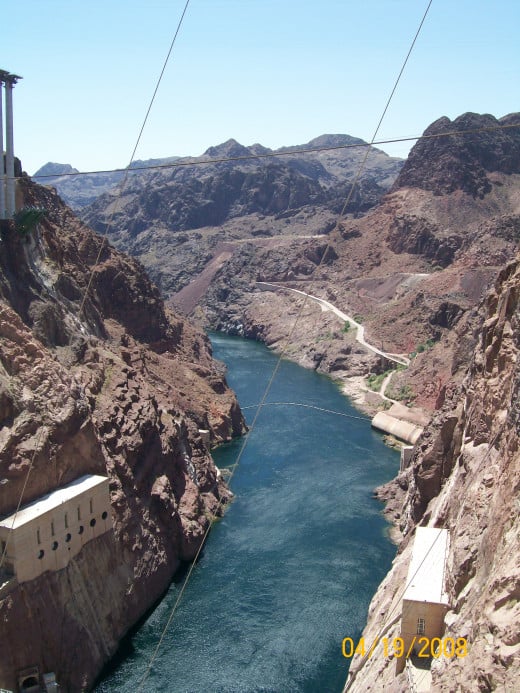
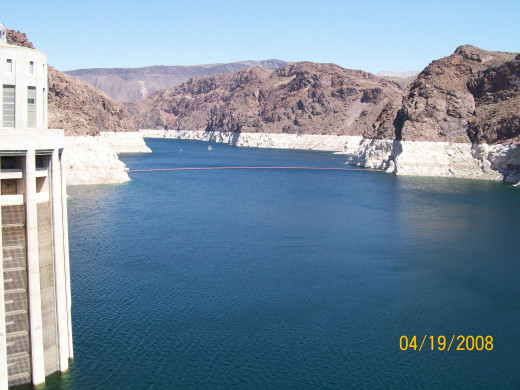
Hoover Dam Bypass
The design process began in 2001 and the new route opened for traffic on October 19th 2010. The bridge spans the canyon at 900 feet above the Colorado River. One of the cool things about the bypass is that visitors can go from Nevada to Arizona just by crossing the 1,900 foot long bridge. There are informative placards all along the bridge.
There are no parking places along the new highway to stop and observe the bridge, though a walkway along the north side is open to pedestrians and provides an excellent view of the Hoover Dam. The walkway can only be reached by a path starting near the dam, accessed by the old road. High concrete walls prevent any dam views from the new bridge bypass.
Because of the new Hoover Dam Bypass the original road is now used solely for visitors to the dam and the section across the top is closed to public vehicles.
Lake Mead
Lake Mead is the largest reservoir in the United States in maximum water capacity. It is the 112 mile long reservoir created behind the Hoover Dam after it was completed in 1936. It has 550 miles of shoreline that can be explored so the opportunities for recreation and exploration are endless.
- Boating of all types remains the most popular of activities including houseboat rentals, jet-ski rentals, sailboat and lake cruises.
- Fishing on Lake Mead with guide services available in many locations.
- Water skiing
- Swimming
- Sunbathing
- Hiking
- Wildlife Photography
- Sightseeing.
There are also many coves with rocky cliffs and sandy beaches to explore and there are a number of small to medium sized islands in the lake which can be a great getaway for recreational activities.
There are 9 main access points to the lake and the lake is divided into several bodies. The largest body is closest to the Hoover Dam. You can see two mountain ranges from the Boulder Basin. The River Mountains, oriented north-west to south-east and the Muddy Mountains, oriented west to north-east. From the Virgin Basin you can view the majestic Bonelli Peak towards the east.
Lake Mead's water level has fallen below the drought level three times. In June 2010 the lake was at 39% capacity and on November 30, 2010 it reached a new record low at 1,081.94 feet. In 2011 the water elevation increased because the rivers feeding the lake were running at 128% of the average flow rate.
A little "fun fact" about Lake Mead - At the bottom of the lake is a Boeing B-29 Superfortress that crashed in 1948 while testing a prototype missile guidance system known as "suntracker".
Environmental Impact
The changes in water use caused by Hoover Dam's construction has had a large impact on the Colorado River Delta. The construction of the dam has been credited as causing the decline of estuarine ecosystem. For six years, after the construction of the dam and while Lake Mead filled, virtually no water reached the mouth of the river. The delta's estuary, which once had a freshwater-saltwater mixing zone stretching 40 miles south of the river's mouth, was turned into an inverse estuary where the level of salinity was higher close to the river's mouth.
The Colorado River had experienced natural flooding before the construction of the Hoover Dam. Because the dam eliminated the natural flooding it devastated the populations of native fish in the river downstream from the dam. Four species of fish native to the Colorado River are currently listed as endangered: The Bonytail Chub, Colorado Pikeminnow, Humpback Chub and Razorback Sucker.








